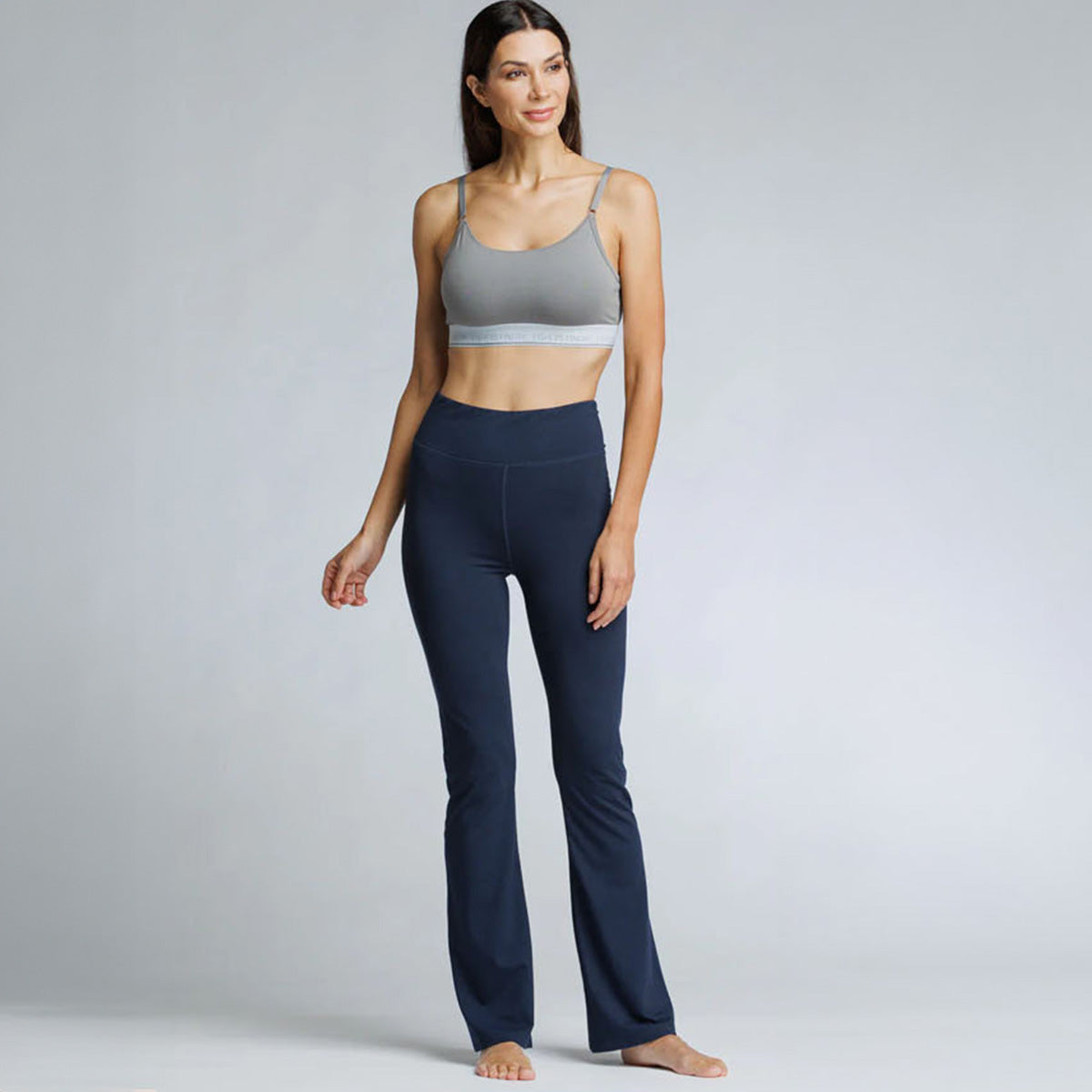We wear clothes all day long, dry off our hands and bodies with towels, and rest our heads on pillowcases when we go to sleep.
As consumers, we’ve all gotten more conscious of what fabrics our clothes and linens are made out of, but sometimes what’s written on the label doesn’t tell the whole story. Companies can use misleading lingo, make unsubstantiated claims about their products, or label their products with expired certificates. To really know what’s in the fabrics we use everyday, we have to understand how testing works.
But who is doing the testing in the first place?
SGS is a multinational inspection, testing, and certification company headquartered in Geneva, Switzerland. With over 94,000 employees and over 2,600 offices and laboratories worldwide, SGS is a global leader in product testing. The rigorous testing provided by SGS helps manufacturers and consumers know whether the goods entering the market meet safety and quality standards.
To offer high quality fabrics that are safe for both you and the environment, all of our EcoFabric™ products undergo this thorough testing. That means our Athleisure & Yoga Collection and our EcoFabric™ Sleepwear are all carefully tested and backed by up-to-date certificates.

What specifically are you testing for?
In short: quality and safety! The types of dyes used, the way the fabric is produced, and whether the fabric is organic all undergo inspection. Our testing results prove that:
- Our fabrics are UPF 50+
- We use low reactive dyes
- Our clothes are moisture wicking
- We use no harmful chemicals
- Our colors are fade resistant
- Our fabrics are certified organic cotton and bamboo viscose
UPF?
We’re all familiar with the SPF (Sun Protection Factor) measurements on sunscreens. SPF measurements tell us how long the sunscreen will protect us from UVB rays. A higher number sounds like it offers more protection, but what does that mean exactly? Let’s say your skin gets burned after 20 minutes of unprotected sun exposure. Sunscreen with SPF 15 protection theoretically lets you stay out in the sun 15 times longer (5 hours) without getting burned, while an SPF 30 lets you stay exposed for 30 times longer (10 hours).
So now that you know the math behind SPF, what does UPF mean? UPF (Ultraviolet Protection Factor) measures what fraction of the sun’s UV rays can penetrate a fabric. A piece of clothing with a UPF 50 rating only allows about 1/50th of the sun’s total UV radiation to reach your skin. Unlike SPF, which only measures UVB penetration, UPF measures both UVA and UVB.
So what’s next?
Now that you know all about the testing behind the clothes we wear, you know what to look for when shopping conscientiously! Whether you’re concerned about the environmental impact of dyes and chemicals, the legitimacy of organic materials, or simply how well your clothes will protect you from the sun--you have the knowledge to make an informed decision.
Shop our EcoFabric Collection today!

